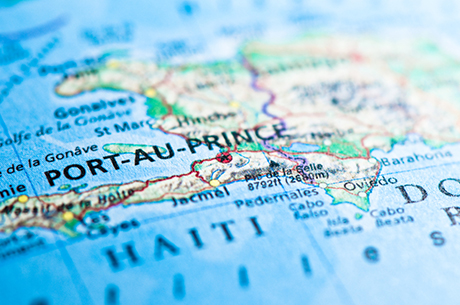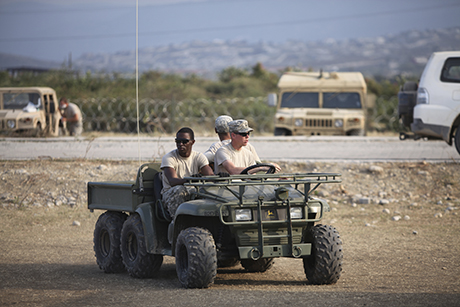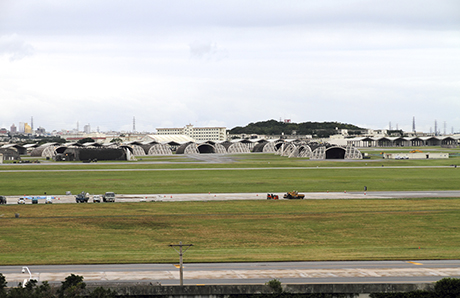Injured In Haiti
The Republic of Haiti, located on the western half of the Caribbean island of Hispaniola, has had a long and turbulent history. Christopher Columbus landed there on his 1492 voyage, to find the indigenous Taino people, who had migrated to the Caribbean from South America, inhabiting the island at the time.
Haiti’s subsequent history is one of colonial occupation, rebellion and political unrest. It was a Spanish colony from 1492 until 1625, and then became a possession of France. The French plantation owners imported thousands of slaves from Africa to work, primarily on sugar cane plantations. Conditions were brutal; many slaves died as a result of smallpox and typhoid. In 1791 a successful slave revolt began, which resulted in Haiti finally gaining its independence in 1804. Napoleon gave up the idea of re-asserting France’s authority over Haiti at the same time he sold Louisiana to the United States.
In 1914 British, German and U.S. military forces entered Haiti allegedly to protect their citizens from civil unrest occurring at the time. Under the Monroe Doctrine, the Marines were stationed in the country in 1915, and they stayed until 1934. The remainder of the 20th century is a succession of brutal dictators, such as “Papa Doc” Duvalier and his equally brutal son, “Baby Doc.” They maintained order by terrorizing the people, and ultimately the son was ousted from power. Attempts to conduct elections resulted in fraudulent elections and the murder of dozens of citizens. The Haitian military filled the void when there was no clear cut leader, and there were numerous rebellions and governments which were overthrown; sometimes former leaders whom were ousted years prior were reinstated. It has been a turbulent history.
Haiti is about the size of Maryland, and has a population of approximately 10 million people. Its economic woes are long standing. About three-quarters of the population lives in poverty, trying to eke out an existence on less than $2 a day. Part of the ongoing economic problems harken back to a history of brutal rulers, natural disasters and unwelcome foreign intervention. The ruling elite have kept the government’s limited resources for itself. Since 2004 there has been an international United Nations peace-keeping force in Haiti to help stabilize the country. Those troops number about 12,000 and hail from 56 countries around the world.
In January 2010 a massive 7.0 earthquake hit Haiti, and the results were devastating. Nearly 230,000 people lost their lives, and more than 250,000 homes were lost. The government had been corrupt and weak before the earthquake, and nearly 17% of Haiti’s civil servants died, many of whom were senior officials and administrators. Only one of the government buildings was left standing, and the country was thrown into further chaos because there was a leadership void.
After informing the employer of the accident and injury, injured employees should seek immediate medical treatment to treat conditions and create a health record of the event. By informing the employer and having medical conditions documented immediately after an accident, injured workers start their claims process on the right foot and help their attorneys make a strong case for their benefits. Employees should ask for authorization from their employer to see a physician of their choice. Not only does that create a record of correspondence acknowledging an injury may have taken place but also allows victims to visit doctors that do not have an overly close relationship with insurance companies.
Physicians may also provide recommendations about whether employee is fit to return to work or whether they may need ongoing medical care to treat ailments.



